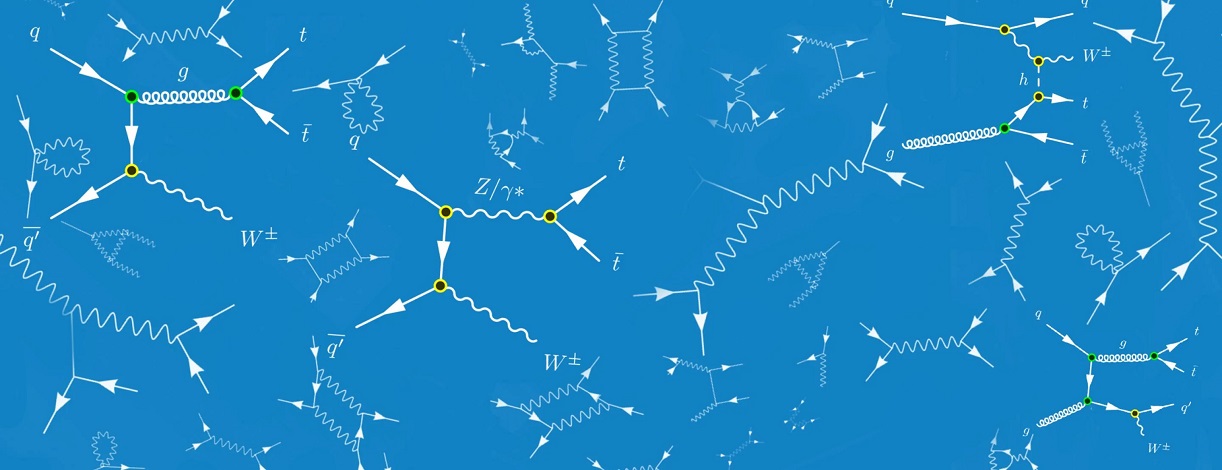Scientists have discovered an anomaly at the Large Hadron Collider - three particles register 20% more frequently than the Standard Model predicts

Physicists at the CMS and ATLAS performed an experiment at the Large Hadron Collider. It showed that the W boson, as well as the top-quark and top-antiquark, register slightly more frequently than the Standard Model predicts.
Here's What We Know
The three particles mentioned above are registered during proton-proton collisions. The process of creating them is called ttW. According to scientists, this is a very rare event, occurring on average only once in every 50,000 collisions.
Researchers can register a top-quark, its antiparticle and the W boson solely from the decay products. This is because all three particles decay almost immediately after birth.
The ttW process is known to occur 20% more frequently than predicted by the Standard Model, which describes the electromagnetic, weak and strong interaction of all subatomic particles known to science. The deviation cannot be called large. However, scientists hope that the study of the data will help them to improve the accuracy of other experiments, including the search for the Higgs boson.
Scientists believe that the anomaly observed at the Large Hadron Collider can have two explanations. First, it is possible that the Standard Model does not contain enough data to study the ttW process. Second, the anomaly could be evidence of New Physics, which explains the shortcomings of the Standard Model.
Source: SLAC